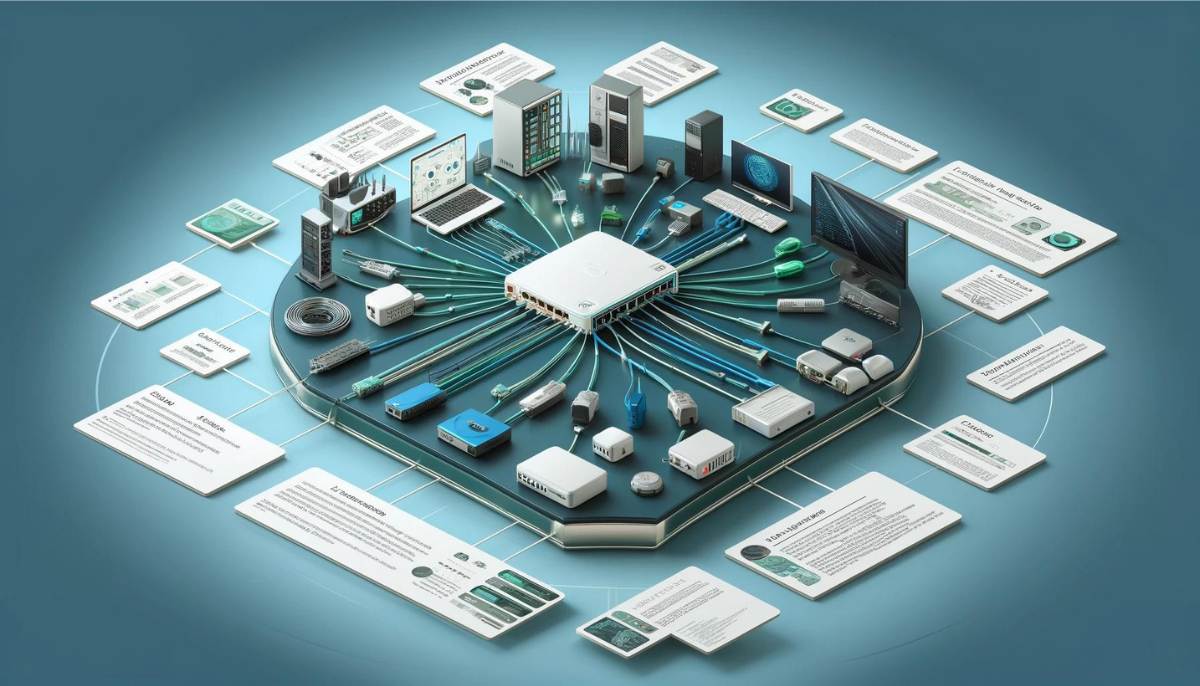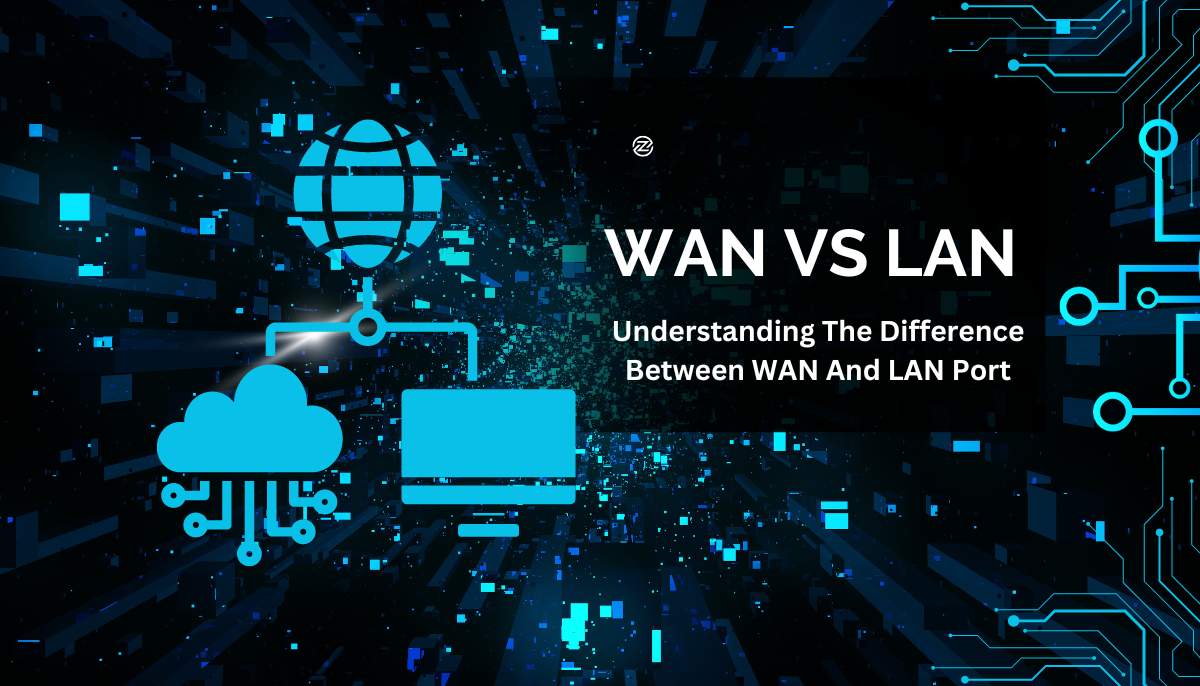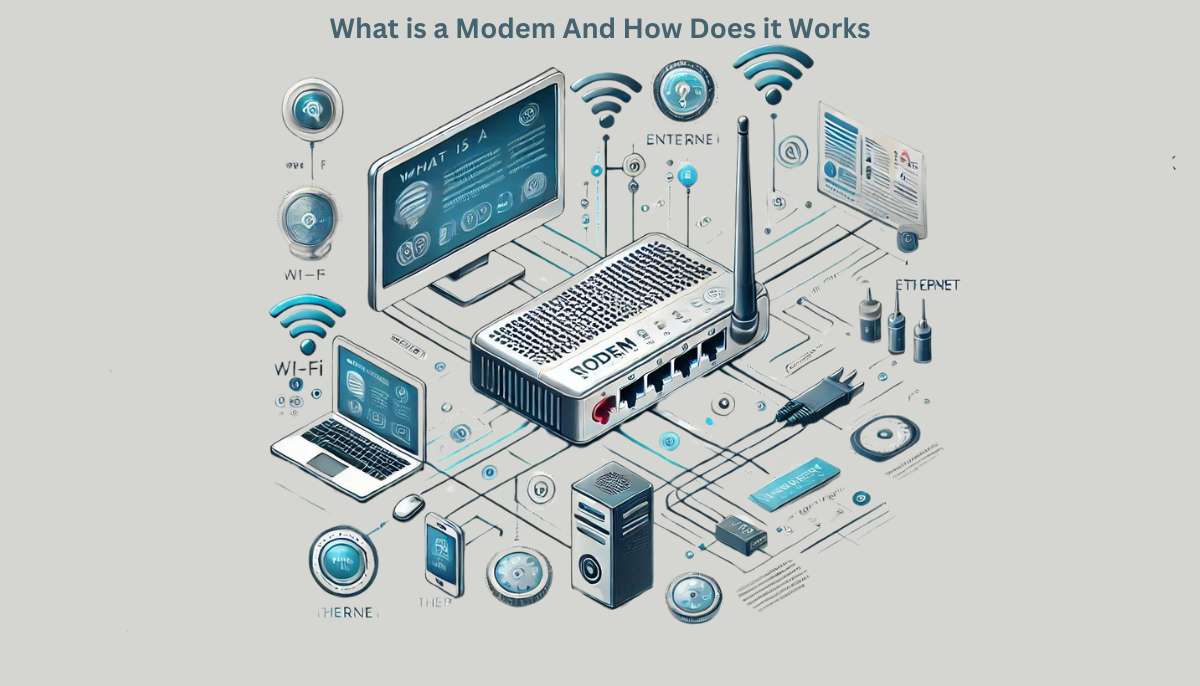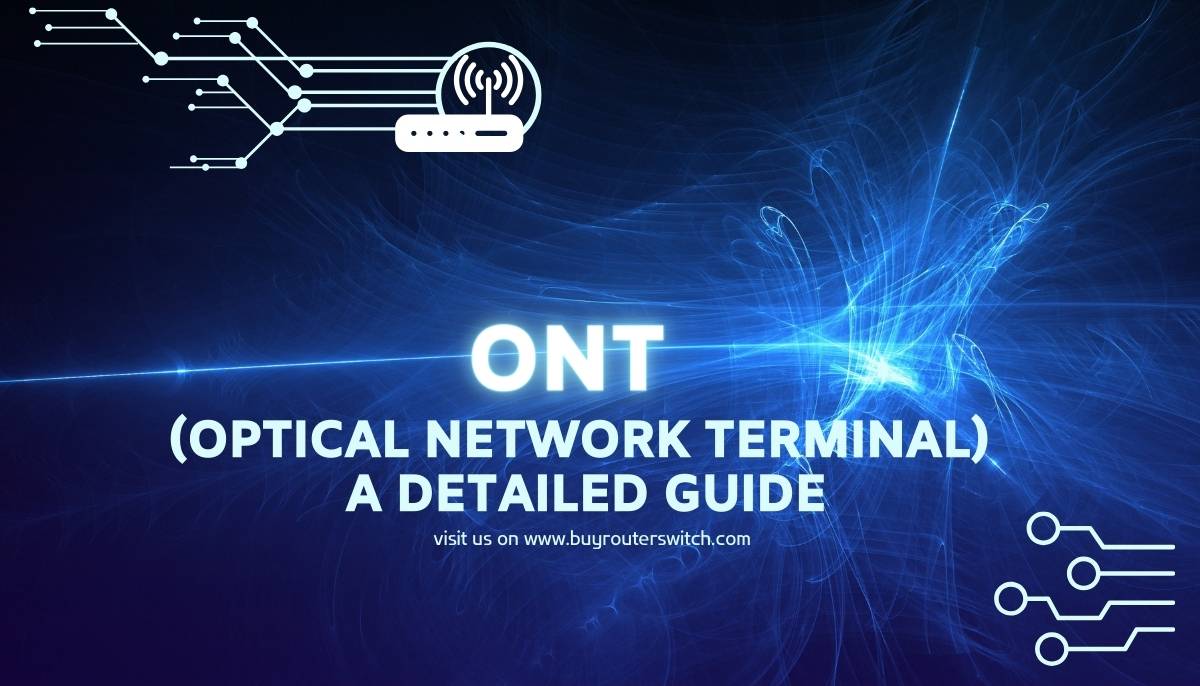A Comprehensive Guide To Networking: The Network Stack
Table of content
Introduction:
It is a complex process to understand when it comes to networking technology, where the Internet and other networks operate in correspondence with one another. Without flow control, security measures, and data format, it would be challenging for a network to function properly. Thanks to the Network Stack that jumps in and addresses all the problems at once. What is a network stack? This blog is meant to address this question. Therefore, keep reading ahead to learn about the network stack and its importance in networking.
What Is The Network Stack and What Does It Do?

The network stack is a collection of communication standards that make it easy for devices to communicate with other equipment linked with the network. In other words, the network stack refers to a set of network protocols located upon one another to facilitate the communication between devices and software over a network. At its core, the network stack breaks the OSI model into seven layers and distributes a particular task to each layer. These protocols are positioned in a sequence from start to end where each layer functions on its own, being in correspondence with others. The network stack splits the OSI model in the following layers:
- Physical layer
- Data link Layer
- Network layer
- Transport layer
- Session layer
- Presentation layer
- Application layer
Each layer performs a specific action in the stack. It means when a layer receives data packet, the layer processes it, and then sends it to the next layer. There is the same activity as in the previous layer. All this phenomenon occurs through the following steps:
Transmitting Device:
An application located on the transmitting device sends a request to transfer data to a different node. It happens at the application layer, descending through the protocol stack to the physical layer, from where it is transmitted across the network.
Recipient Device:
At the recipient’s side, data entry occurs at the first level of the OSI model, subsequently ascending through the layers until it arrives at Level 7. While this scenario is presented in a simplified manner, the process encompasses more intricate details. The forthcoming information provides a detailed account of the activities occurring at each OSI model layer.
Let’s break the topic in further pieces;
Physical Layer:
The physical layer, as the name implies, has a few common products or technological equipment found there, such as switches, category 5,6, and 7 cabling, repeaters, network adapters, and others that are physically positioned to commence the networking process. It basically sends raw, unstructured data across the physical connection. This unstructured data, made of bits of 1s and 0s, gathers into packets, and then these packets are forwarded across the cabling to the receiving device. Here, the receiving device sets these gathered data apart and sends it to the next destination.
Data Link Layer:
The data link layer receives and sends the data on the same network and creates packets of the data for reliable transmission. This layer attaches destination addresses and sources to the data packets as well as information to detect and control any errors during transmission. The data link layer has two sublayers. One is the logical link control (LLC) sublayer, which essentially maintains the communications link between two devices on the network. The other is the media access control (MAC) sublayer, which manages the transmission of data between two devices. The network card on a PC has a MAC address, essentially a unique address for every device on a local area network.
Network Layer:
The network layer routes data between two devices positioned on different networks. It can be similar to level; however, it uses a MAC address to send the data packets. Level 3 routes the packet using the IP addresses. Let us mention for your information that routers and layer 3 switches function at the stage of the OSI model.
Transport Layer:
This layer is responsible for the reliable and authentic transmission of data packets between points on a network, including error correction and flow control. Protocols such as TCP (Transmission Control Protocol) and UDP (User Datagram Protocol) operate at this level, ensuring that data reaches its intended destination correctly and in order. The transport layer has no physical device attached to it; it uses TCP, which is a protocol found in the operating system.
Session Layer:
This layer authenticates each device and provides security during data transmission. Plus, its fundamental function is to maintain a connection between these devices. This layer employs protocols including PPTP, RPC, RTCP, and SOCKS.
Presentation Layer:
This is level 6 of the OSI model that is responsible for preparing data that is further used in the Application layer. Fundamentally, the presentation layer carries functions like encryption, decryption, and decompression.
Application Layer:
The application layer is the last and uppermost layer of the network stack. This is where protocols like HTTP (Hypertext Transfer Protocol), FTP (File Transfer Protocol), and SMTP (Simple Mail Transfer Protocol) are located, and that is the point where end-user software operates. All these protocols provide the standards and methods for devices and software to communicate over a network.
Why The Network Stack Is Important?
Network stack is important for network communication. It allows your system to communicate over a network easily and comprehensively. It functions like a bridge between the network protocols and the hardware. Additionally, network stack caters to crucial tasks like IP address assignment, packet segmentation, and error detection. Your system becomes able to connect to networks even before the operating system is fully loaded by installing the network stack into BIOS.
Conclusion:
Understanding the science behind networking is crucial if you want to expand your businesses and enterprises smoothly. This goal can be achieved only when you have in-depth knowledge of the network stack that functions as a controller of communication and transmission over networks. We hope that you have got your answers related to the network stack, which is important. Keep visiting buyrouterswitch to learn more about networking accessories or in case you are searching for networking devices, such as Cisco switches and routers.




 Catalog
Catalog





















































































































 (800) 870-9487
(800) 870-9487